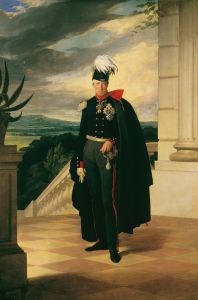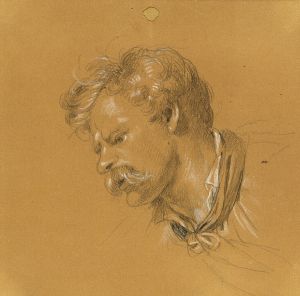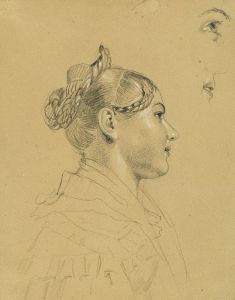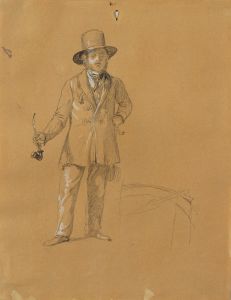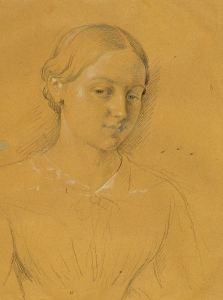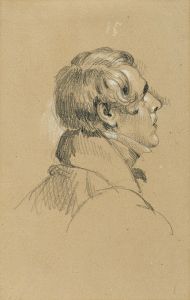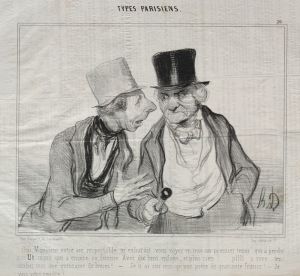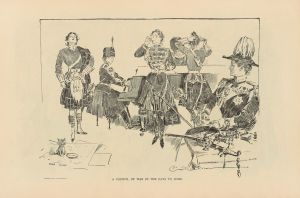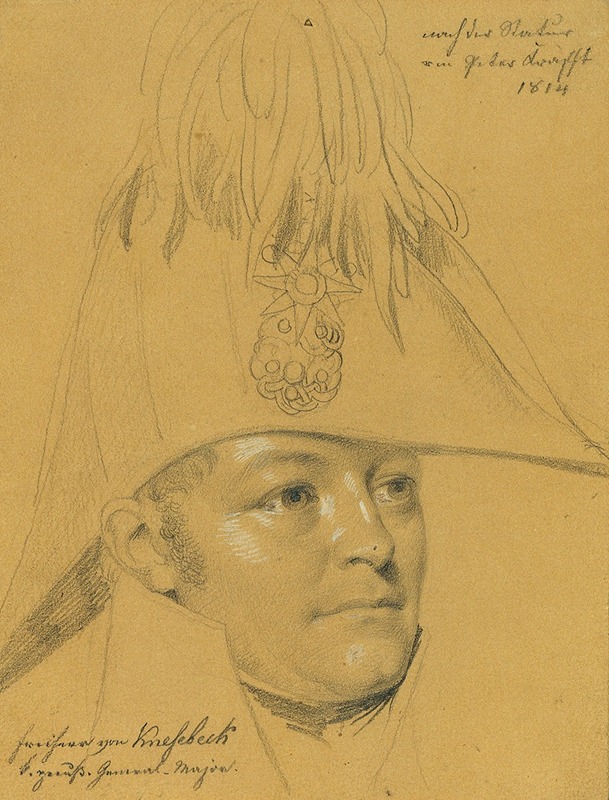
Freiherr von Knesebeck
A hand-painted replica of Johann Peter Krafft’s masterpiece Freiherr von Knesebeck, meticulously crafted by professional artists to capture the true essence of the original. Each piece is created with museum-quality canvas and rare mineral pigments, carefully painted by experienced artists with delicate brushstrokes and rich, layered colors to perfectly recreate the texture of the original artwork. Unlike machine-printed reproductions, this hand-painted version brings the painting to life, infused with the artist’s emotions and skill in every stroke. Whether for personal collection or home decoration, it instantly elevates the artistic atmosphere of any space.
Johann Peter Krafft was a prominent Austrian painter known for his historical and portrait paintings. One of his notable works is the painting titled "Freiherr von Knesebeck." This painting is a portrait of a significant historical figure, August Neidhardt von Gneisenau, who was a Prussian field marshal and a key military reformer. However, it is important to note that there is often confusion between von Gneisenau and Karl Friedrich von dem Knesebeck, another Prussian military officer, due to their similar roles and time periods.
Johann Peter Krafft was born on September 15, 1780, in Hanau, Germany, and later moved to Vienna, where he became a significant figure in the Austrian art scene. He was known for his ability to capture the essence of his subjects, often portraying them with a sense of dignity and realism that was characteristic of the Biedermeier period, a style that emphasized a return to simplicity and elegance following the tumultuous Napoleonic Wars.
The painting "Freiherr von Knesebeck" is a testament to Krafft's skill in portraiture. It captures the likeness of the military figure with meticulous attention to detail, showcasing his uniform and the insignia that denote his rank and achievements. The use of light and shadow in the painting highlights the subject's facial features, giving the portrait a lifelike quality that was highly regarded during the time.
Krafft's work was influenced by his studies at the Academy of Fine Arts in Vienna, where he was exposed to the works of classical masters. His style reflects a blend of neoclassical and romantic elements, which can be seen in the way he portrays his subjects with both idealism and realism. This approach made his portraits not only representations of the individuals but also reflections of their character and status.
The historical context of the painting is significant, as it was created during a time when Europe was undergoing significant political and social changes. The Napoleonic Wars had reshaped the continent, and military leaders like von Knesebeck played crucial roles in the reformation and modernization of their respective armies. Krafft's portrait serves as a historical document, capturing the visage of a man who contributed to these transformative events.
Krafft's contribution to art extended beyond his paintings. He was an influential teacher and served as a director at the Academy of Fine Arts in Vienna. His legacy is reflected in the works of his students and the continued appreciation of his art. "Freiherr von Knesebeck" remains an important piece within his oeuvre, exemplifying his mastery of portraiture and his ability to convey the historical significance of his subjects.
In summary, Johann Peter Krafft's "Freiherr von Knesebeck" is a distinguished example of early 19th-century portraiture. It reflects the artist's technical skill and his capacity to encapsulate the essence of his subjects within the broader historical narrative of the time. The painting continues to be appreciated for its artistic merit and historical value.







